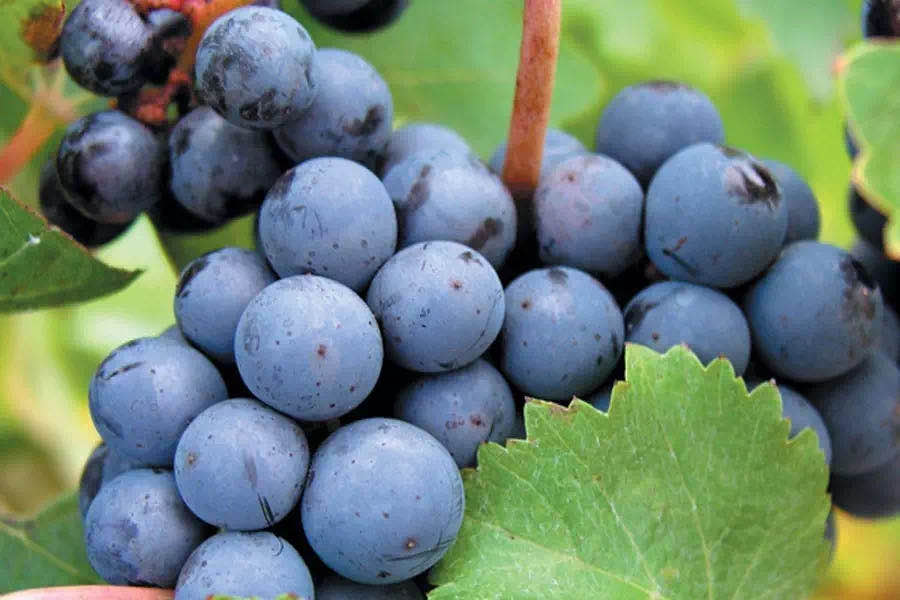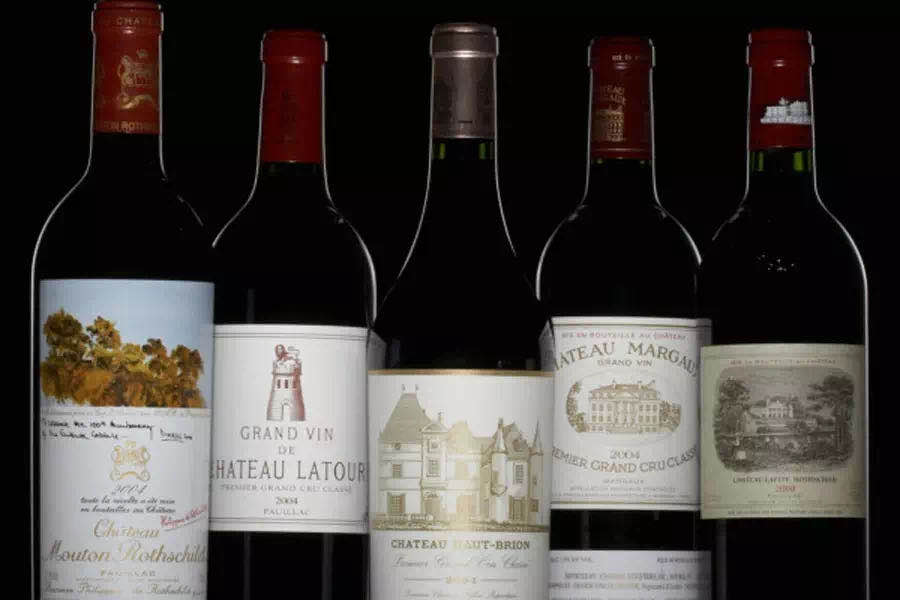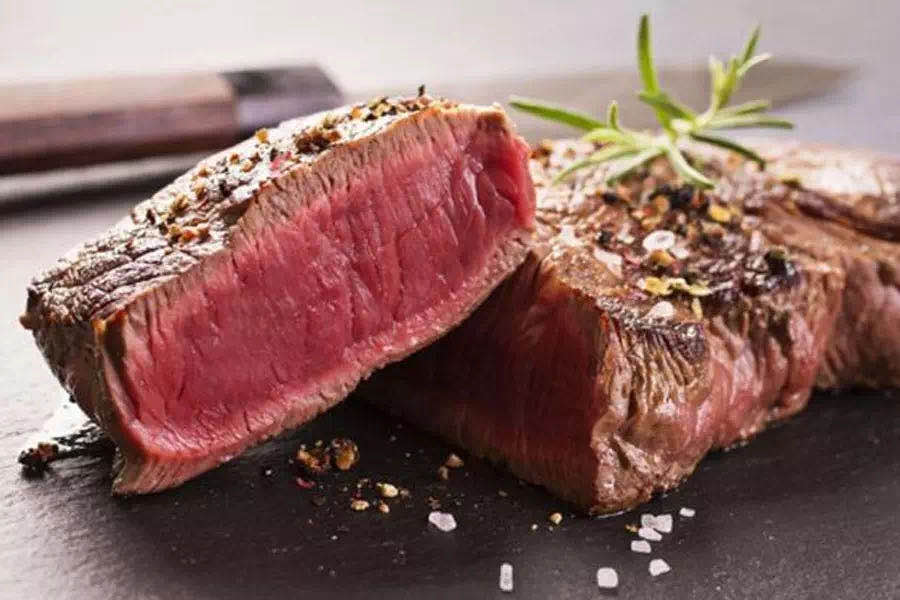Cabernet Sauvignon has a strong adaptability and is cultivated in wine producing countries all over the world. It is rich in tannins and phenolic substances and is called "the king of red grape varieties". Many of the world's top wines are made from Cabernet Sauvignon, such as the famous Chateau Lafite Rothschild, Screaming Eagle and Sassicaia. Therefore, someone said: "If you don't understand Cabernet Sauvignon, then you haven't touched the door of the wine world."
1. The origin of the development of Cabernet Sauvignon
The origin of Cabernet Sauvignon has always been a mystery. The earliest historical record of Cabernet Sauvignon is "Livre de raison d'Antoine Feuihade" written in 1763-1777, which describes Cabernet Sauvignon in Gironde is cultivated, which verifies that Cabernet Sauvignon most likely originated in Gironde.
Before the end of the 19th century, many people mistaken Cabernet Sauvignon for Cabernet Franc , because their fruit size, peel color and maturity are very close. The wines they produce are color, aroma and taste. There are certain similarities. In 1996, a research team led by Dr. Carole Meredith of the UC Davis Department of Viticulture and Enology discovered through DNA typing .The true origin of Cabernet Sauvignon. Their research showed that Cabernet Sauvignon was produced by natural hybridization between Cabernet Franc and Bordeaux white grape varieties Sauvignon Blanc in the 17th century. This is precisely why Cabernet Sauvignon is so similar to Cabernet Franc and Sauvignon Blanc in many ways.
At the end of the 18th century, Cabernet Sauvignon was grown in Bordeaux vineyards, and then Baron Hector de Brane, the former owner of Chateau Mouton Rothschild, valued the potential and charm of Cabernet Sauvignon, and the result was brewed. The wines that come out are indeed of excellent quality. Afterwards, the Cabernet Sauvignon is continuously extended to the entire Medoc region. Only then will the famous 1855 Medoc wine grading, and then let Cabernet Sauvignon go to the world stage. Later, Cabernet Sauvignon settled with immigrants to the United States, Australia, Chile and South Africa.
2. Cabernet Sauvignon grape and wine characteristics
Cabernet Sauvignon has small ears, small and compact fruit particles, and germinates and matures late, 1-2 weeks later than Cabernet Franc. It is susceptible to powdery mildew and top blight, and is suitable for growing in warm and dry climates. In cold regions, Cabernet Sauvignon is less mature, and its wines have a distinct green flavor.
Cabernet Sauvignon has a relatively thick skin, dark color, high tannins and polyphenols, and the wine is usually aged in oak barrels. Cabernet Sauvignon wines often have flavors such as black currant, black cherry, slightly bell pepper, mint and shredded tobacco. They have rich fruit flavors, strong tannins, full and heavy wine, and great aging potential. Some can reach about 50 years. After the year, there will be aromas such as cedar, truffle, vanilla and coffee.
3. Cabernet Sauvignon wine types
1) Single-brewed type: It usually appears in some hot and warm production areas such as Napa Valley and Coonawarra , etc., so that Cabernet Sauvignon has high maturity, resulting in strong wine tannin, wine Full body, complex levels.
2) Mixed-brewed type: Most single-variety wines produced by Cabernet Sauvignon always have a little charm and are not rich enough. They lack substances that are balanced with strong tannins and deep colors, so they are often mixed with other varieties. If blended with Merlot and Cabernet Franc in Bordeaux, Merlot can provide a strong fruity flavor. Cabernet Franc can increase the body of the wine and increase the complexity of the wine. At the same time, it can be combined with Sangiovese in Italy. Blending, in Australia, it can be blended with Shiraz. The mixed-brewed Cabernet Sauvignon wine has a more intense and complex aroma than the single-brewed wine, a strong and smooth body, a complex layering and a long aftertaste.
Good Cabernet Sauvignon wines, without exception, are aged in oak barrels. The length of time varies from a few months to two years, depending on the style of the wine and the preference of the winemaker. In intimate contact with oak barrels, the oak itself and the aroma after baking, tannin and other substances can enhance the aroma, taste and complexity of Cabernet Sauvignon wine, and the oak wood is compact and does not leak, while containing Many tiny pores, which are slightly ventilated during storage, slowly oxidize the wine, thereby increasing the complexity of the aroma and improving the dry taste.
4. Cabernet Sauvignon wine drinking and catering
When drinking Cabernet Sauvignon dry red wine, it is not suitable to eat light and exquisite dishes, because the rich taste of Cabernet Sauvignon will completely cover the taste of the dish itself, so that people can not appreciate the characteristics of the dish itself. Dishes with high protein and fat content can soften the tannins of Cabernet Sauvignon and can be harmonized with its complex flavors.
The young Cabernet Sauvignon dry red is a perfect match for roasted meat dishes, because the charcoal flavor of the barbecue and the tannin astringency of Cabernet Sauvignon can neutralize each other, greatly reducing the bitterness of each other, such as steak, lamb chops With roasted pigeons, the general serving temperature is 16-18℃.
After the Cabernet Sauvignon Dry is aged, the tannins in it will gradually become round and supple, making Cabernet Sauvignon suitable for many simple dishes, including pheasant, beef stew or ribs stew. The general serving temperature is 14 -16℃.
Cabernet Sauvignon has a rich aroma, pure and delicate taste, and slightly high acidity. It is a very suitable aperitif. It is suitable for hot pots, vegetables, and stir-fried dishes. The general serving temperature is 10-12°C.


